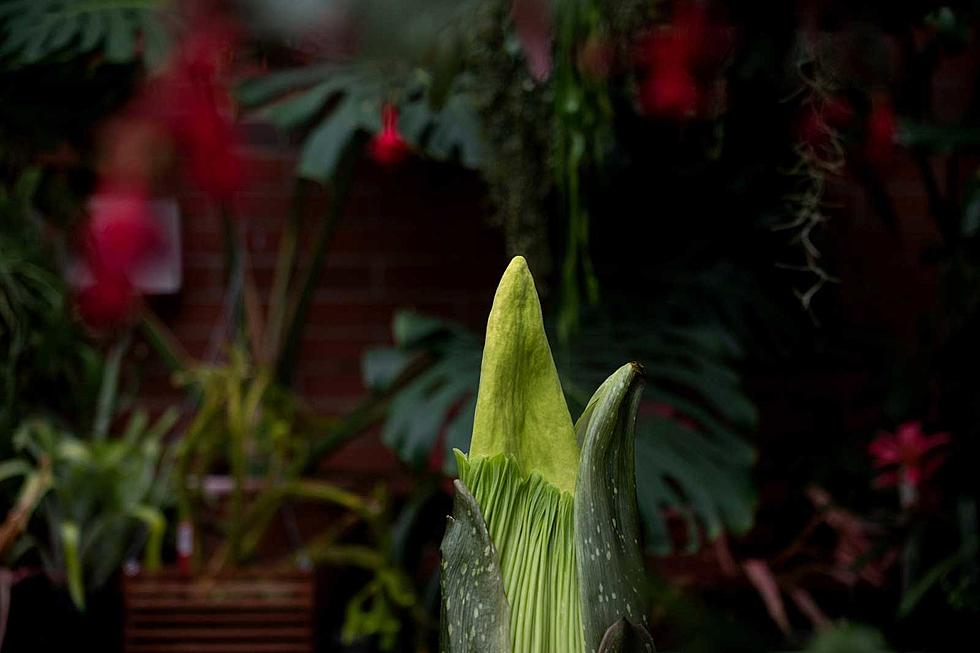![GVSU Engineering Students Create 3D-Printed Device for Child’s Arms [Video]](http://townsquare.media/site/45/files/2015/07/Lylah-Gritter-rotated-473x630.jpg?w=980&q=75)
GVSU Engineering Students Create 3D-Printed Device for Child’s Arms [Video]
A team of Grand Valley State University engineering students have created a 3D-printed exoskeleton for Lylah Gritter, a child with a weak version of type 2 spinal muscular atrophy (SMA), to help her become more independent.
In 2014, a different group of engineering students built the Play and Mobility Device that allows her to move and be mobile.
The new device, a 3D-printed exoskeleton, was created by mechanical engineering graduate students Brooks Schaefer and Joseph Kissling to allow Lylah to better control her arms.
SMA is a genetic muscle disorder that causes extreme weakness.
"It was an amazing feeling to see the device work the first time we put it on her," said Kissling, a Texas native. "We did all this design work and testing, so to see Lylah and her mom's face when it worked was priceless."
Kissling and Schaefer hope to make the design available for others.
Lylah’s mother, Holly Gritter, said her daughter doesn't have the ability to lift up her arms without assistance, so they needed something that could provide shoulder-to-elbow support.
"We were struggling to find ways that would allow her to feed herself or pick up a toy," Holly said. "There wasn't really anything out there to help that we could get easily."
The current 12-piece prototype, made of plastic, allows Lylah to do tasks such as color and feed herself.
"Holding a spoon and bringing it to her mouth seems like such a simple thing, but that's something she can do now with the device that she couldn't do before," said Gritter.
The device was created as part of engineering associate professor Brent Nowak's Advanced Medical Device Design class, where students are given a real-world problem and asked to solve it. Students are mentored and guided by faculty members, including physical therapy associate professor Lisa Kenyon who works with Lylah, and learn about the design process through multi-disciplinary, project-based learning.
The project began in January when the team researched current devices and conducted observations before the one-month design process began.
The project was funded through a five-year, $180,000 grant from the National Science Foundation for Grand Valley students and faculty members to create specialized devices for people with disabilities.
More From 100.5 FM The River









